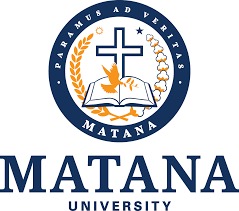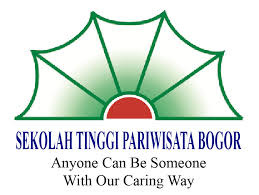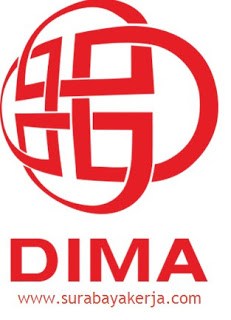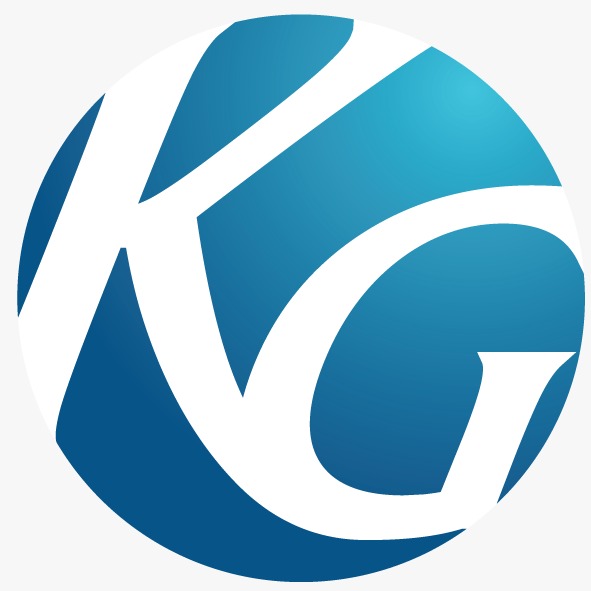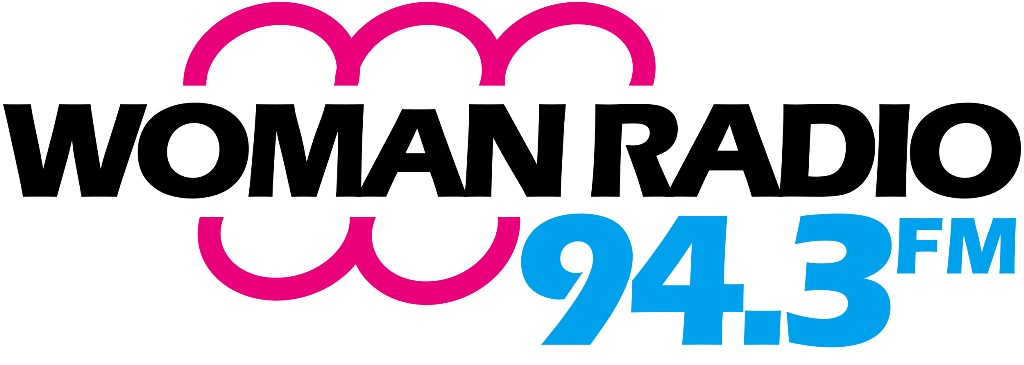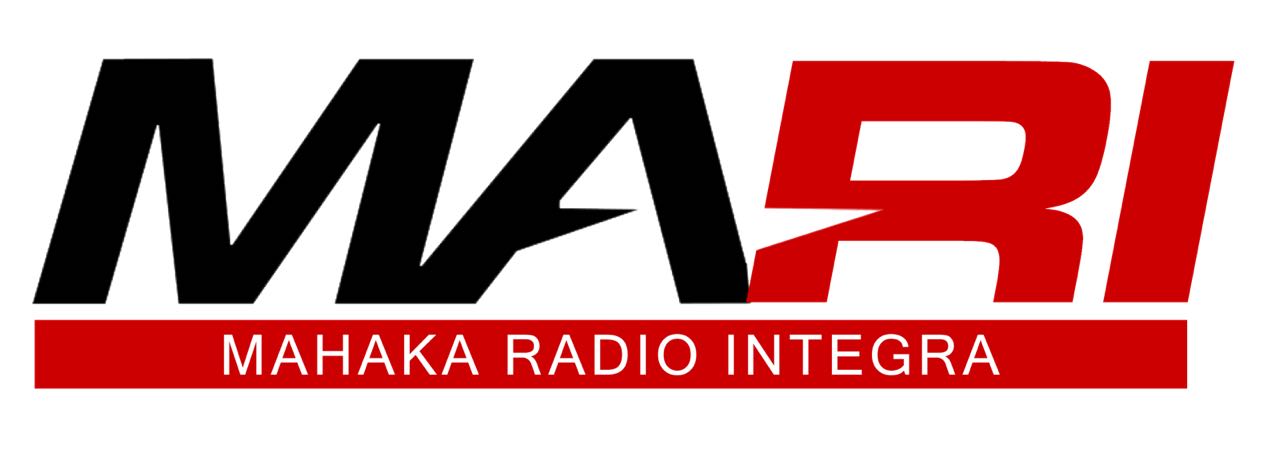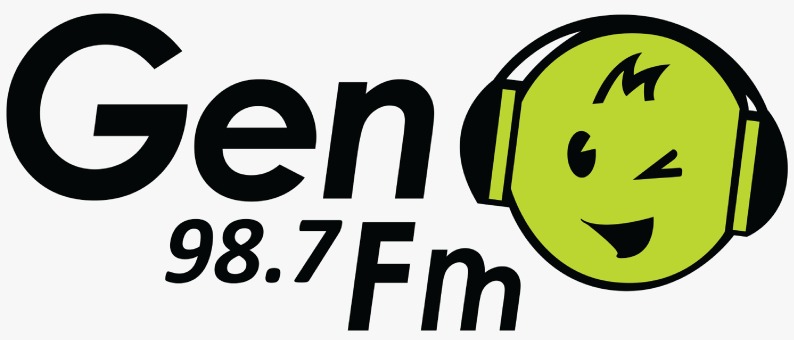MEREK DESTINASI WISATA DALAM SITUS DINAS PARIWISATA NTT: ANALISIS SEMIOTIKA PEMASARAN LAURA OSWALD
Abstract
The government of Indonesia, lead by Jokowi and Jusuf Kalla, has targeted to attract 20
million foreign tourists by 2019. East Nusa Tenggara (NTT) is one of many tourist
destinations in Indonesia that possess beautiful nature scenery. The NTT Tourism Office
informs its magnificent destinations through website. This research seeks to understand
the brand destination of NTT that is communicated through the official website
managed by The Tourism Office. The methodology in this research uses Laura
Oswald’s marketing semiotics. This study has shown that the brand destination of NTT
are nature tourism and religious tourism. Further, tourist destinations in NTT are
packaged as a place that is good for both physical and spiritual, as well as targeting
tourists who live daily in urban areas. In addition, another major finding is the main
target of NTT tourism is local tourist. This contrasts with the government’s effort to
attract foreign tourists.
Keywords : Pariwisata NTT, Marketing Semiotics, Brand Destination, dan Semiotika
Full Text:
PDFReferences
Al-Saadi, N. (2015) Importance of English Language in the Development of Tourism
Management, Academic Journal of Accounting and Economic Researches, 4, pp. 33-45.
Bhattacherjee, A. (2012). Social Science Research: Principles, Methods, and Practices.
Tampa: University of South Florida.
Bobanovic, M. dan Grzinic, J. (2011) The importance of English Language skills in the
tourism sector: A comparative study of students/employees perceptions in Croatia,
Journal of Tourism, Culture and Territorial Development, 4, pp. 10-23.
Blain, C. et al (2005) Destination Branding: Insights and Practices from Destination
Management Organizations, Journal of Travel Research, 43, pp. 328-338.
Cahyadi, R. et al. (2009) Pariwisata Pustaka: Masa Depan bagi Kita, Alam, dan
Warisan Budaya Bersama. Jakarta: UNESCO.
Chiu, H. Y. et al. (2016) Local perception and preferences in nature tourism in Hong
Kong, Tourism Management Perspectives, 20, pp. 87-97.
Gomez, M. et al. (2015) A model of tourism destination brand equity: The case of wine
tourism destinations in Spain, Tourism Management, 51, pp. 210-222.
Gorlevskaya, L. (2016) Building Effective Marketing Communications in Tourism,
Studia commercialia Bratislavensia, 9 (35), pp. 252-265.
Indra, R. 2017. 33 Kain Tradisional Ditetapkan Jadi Warisan Budaya. Diakses pada 28
Juli 2018, dari https://www.cnnindonesia.com/gaya-hidup/20170824194938-277-
/33-kain-tradisional-ditetapkan-jadi-warisan-budaya
Kasim, A. et al. (2017) Strategi Promosi Pariwisata Kota Kupang Melalui Pembuatan
Media Katalog Wisata. Journal of Management, 4 (1), pp 71-90.
Kashif, M. et al. (2015) Brand equity of Lahore fort as a tourism destination brand,
Revista de Administracao de Empresas, 55(4), pp. 432-443.
Kiralova, A. and Pavliceka, A. (2014) Development of Social Media Strategies in
Tourism Destination. Procedia – Social and Behavioral Sciences, 175, pp. 358-366.
Lopez, E. P. et al. (2011) Intentions to use social media in organizing and taking
vacation trips. Computers in Human Behavior, 27, pp 640-654.
Mulholland, R. dan Cachon, J. C. (2004) Online Marketing Communication in the
Tourism Industry: An Explanatory Study of Website Effectiveness among Tourist
Lodge Operators in Northern Ontario, Journal of Small Business and Entrepreneurship,
(3), pp. 175-186.
Nugroho, B. 2016. Jokowi: Target Saya ke Menpar 20 Juta Wisatawan, Kalau Tak
Tercapai? Dicopot. Diakses pada 28 Juli 2018, dari https://news.detik.com/berita/d-
/jokowi-target-saya-ke-menpar-20-juta-wisatawan-kalau-tak-tercapai-dicopot
Oswald, L. R. (2012) Marketing Semiotics: Signs, Strategies, and Brand Values (1st ed).
New York: Oxford University Press.
Pemerintah Daerah Provinsi NTT (2012) Master Plan Pariwisata NTT 2013-2023.
Kupang: Pemerintah Daerah Provinsi NTT.
Priherdityo, E. 2017. NTT Yakin Kunjungan Wisatawan Naik 30 Persen di 2017.
Diakses pada 28 Juli 2018, dari https://www.cnnindonesia.com/gayahidup/
-269-188243/ntt-yakin-kunjungan-wisatawan-naik-30-persendi-
Rappler. 2017. Tiga Tahun Jokowi-Jk: 5 Pencapaian di sektor pariwisata. Diakses pada
Juli 2018, dari https://www.rappler.com/indonesia/berita/nasional/185679-tigatahun-
jokowi-jk-5-pencapaian-pariwisata
Ritchie, J. R. dan Ritchie, R. J. (1998) The Branding of Tourism Destinations: Past
Achievements and Future Challenges, Proceedings of the 1998 Annual Congress of the
International Association of Scientific Experts in Tourism, Destination Marketing:
Scopes and Limitations, edited by Peter Keller, Marrakech, Morroco: International
Association of Scientific Experts in Tourism, pp. 89-116.
Semone, P. dan Kozak, M. (2012) Towards a Mekong Tourism Brand, Asia Pacific
Journal of Tourism Research, 17 (6), pp. 595-614.
Septyana, V. (2017) Fenomena Meikarta sebagai Simbol Modernitas: Studi Semiotika
Pemasaran Oswald dalam Iklan Kota Meikarta. Universitas Bunda Mulia.
Stancioiu, A. F. et al. (2011) The Image of the Tourism Destination – a Supporting
Element in the Development of the Regional Tourism Brand Study Case: Muntenia,
Theoritical and Applied Economics, 18 (2), pp. 139-152.
Stancioiu, A. F. et al. (2013) Integrated marketing communication in tourism - an
analysis. Case study: Muntenia and Oltenia, Theoretical and Applied Economics,
(583), pp. 7-34.
Stefko, R. et al. (2014) Strategic Marketing Communication in Pilgrimage Tourism,
Procedia – Social and Behavioral Sciences, 175, pp. 423-430.
Terzidou, M. et al. (2018) The complexities of religious tourism motivations: Sacred
places, vows, and visions, Annals of Tourism Research, 70, pp. 54-65.
Yoo, K.H. and Kim, J.R. (2013) How U.S. state tourism offices use online newsrooms
and social media in media relations. Public Relations Review, 39, pp. 534-541.
DOI: http://dx.doi.org/10.30813/ncci.v0i0.1295
Refbacks
- There are currently no refbacks.

